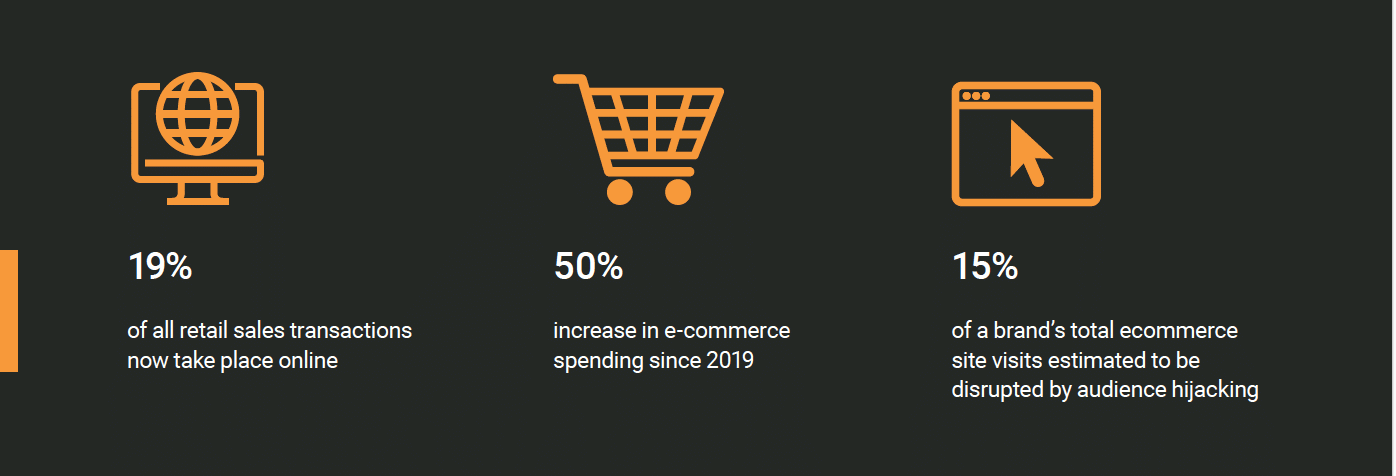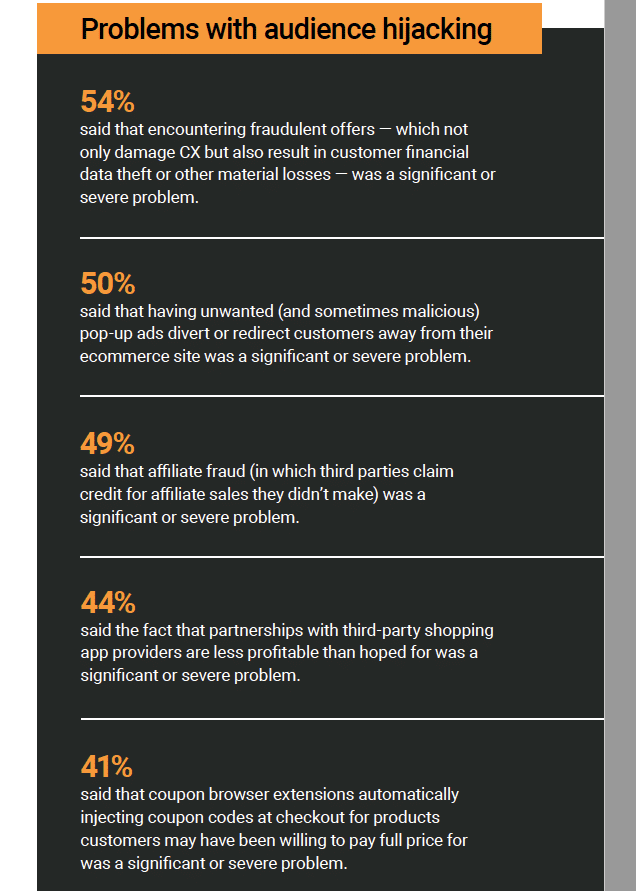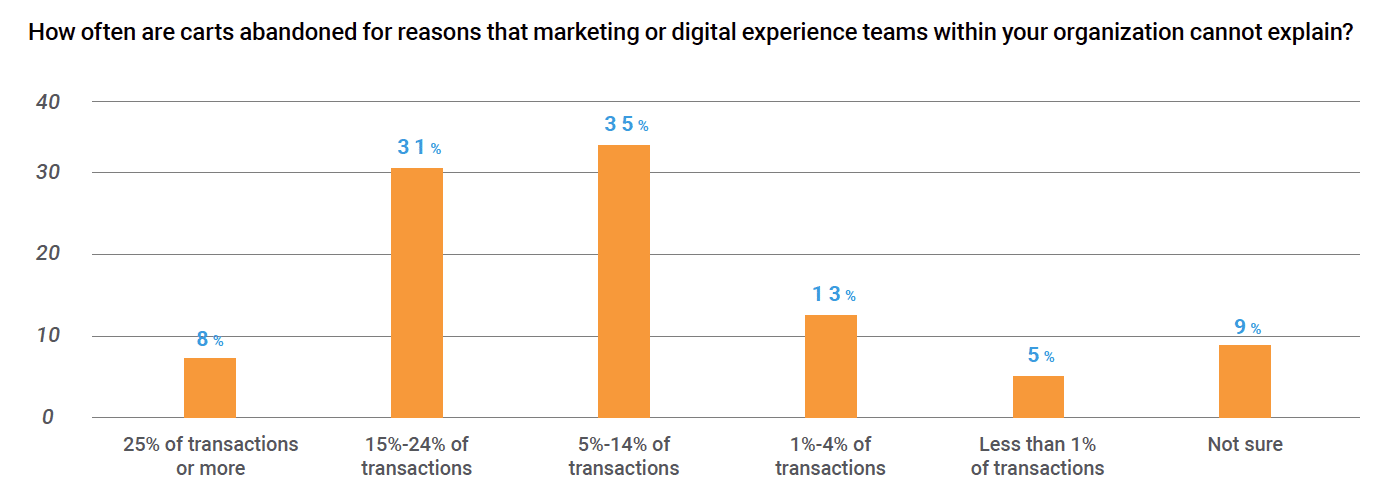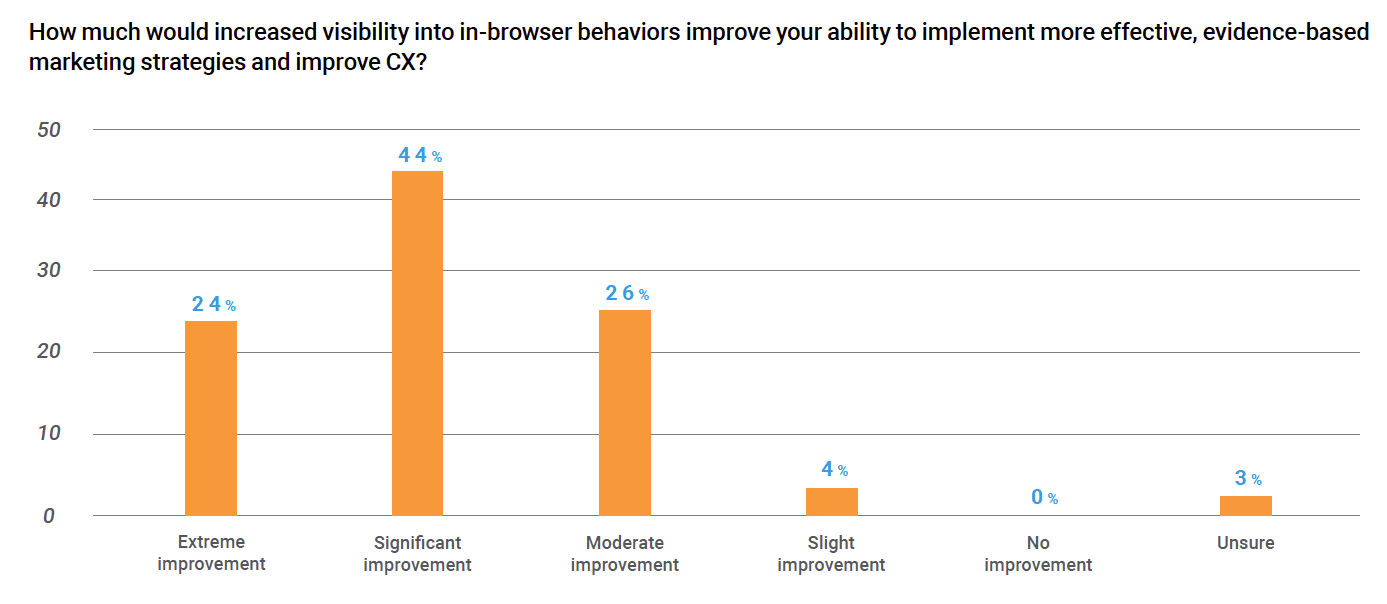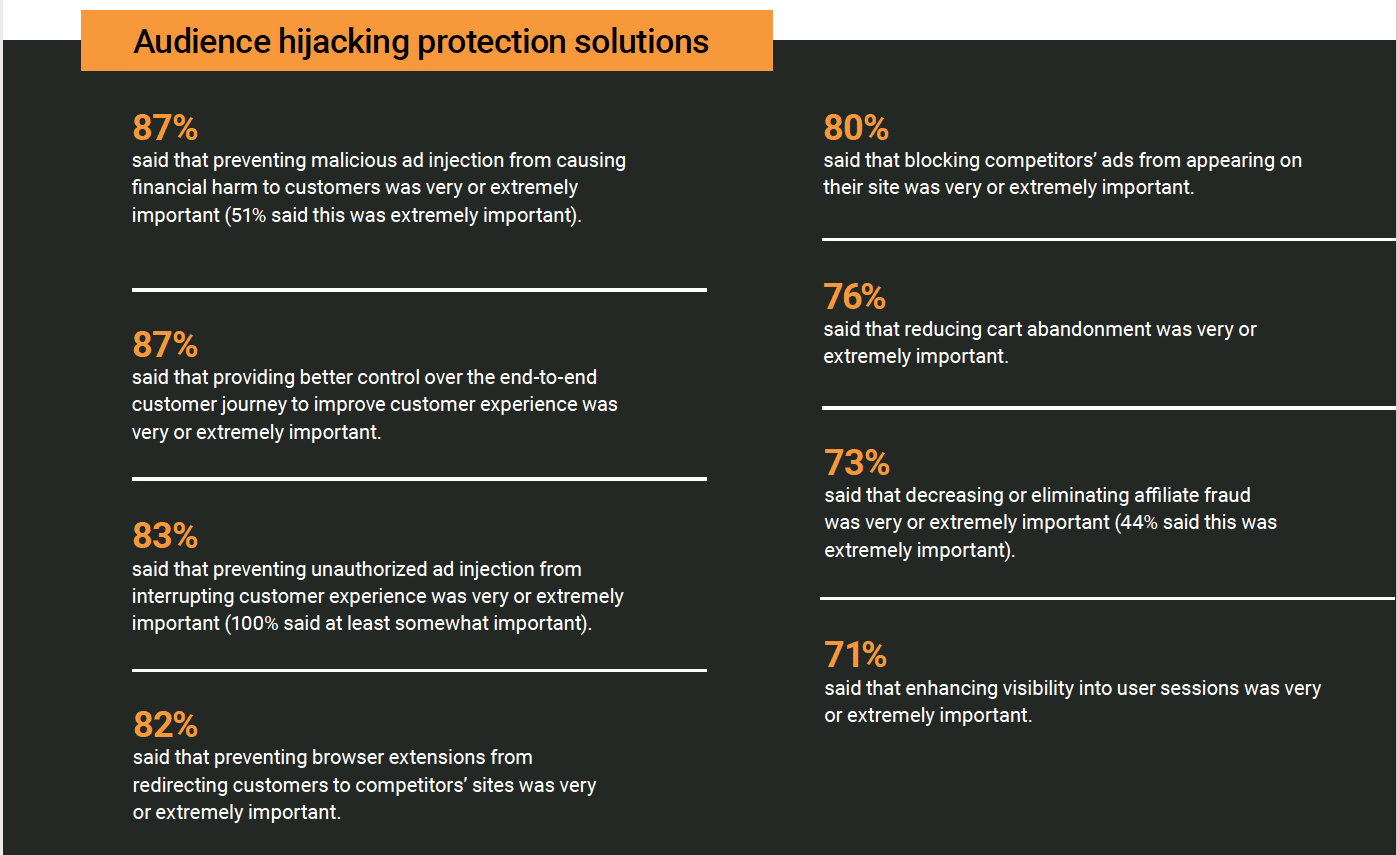Is your B2C brand prepared for the online-purchasing disruption known as audience hijacking? This happens when digital shoppers are diverted from their online buying journey by unauthorized distractions that can be placed on a digital commerce site—an issue that is now a widespread phenomenon and, according to new research from consumer protection cloud company Akamai Technologies, estimated to disrupt up to 15 percent of e-commerce site visits.
How does it happen? To enhance their in-browser experiences, many shoppers now install browser extensions, plug-ins, or other browser widgets to help find coupons or offer price comparisons. Sometimes these browser extensions are unknowingly installed on the consumer’s device for malicious purposes and can divert visitors away from their intended journey, allowing competitors and malicious actors to disrupt e-commerce experiences carefully crafted by retail brands.
The firm’s new report, Awareness of Audience Hijacking Among Online Retailers, is based on a survey taken by digital marketing, IT security and technology leaders in retail or e-commerce organizations with at least 1,000 employees, conducted with retail analysis firm Retail Dive.
The research gauges how familiar retailers are with audience hijacking and the impact it presents. The three main findings of the survey include:
Retailers understand that audience hijacking is a significant problem
A significant majority of survey participants (85 percent) said they were at least somewhat familiar with the concept of audience hijacking. As many as 72 percent said that they were very or extremely familiar with it. This finding highlights the fact that, at least among stakeholders within midsize to large retail organizations, there is broad awareness of the problem. When asked whether audience hijacking presented a major challenge to their organization, a large majority (82 percent) of survey participants generally agreed that it was.
Retailers lack visibility into exactly what’s going on during site visits
This is particularly in terms of extensions, pop-ups and scripts running within the customer’s browser. Although today’s retailers invest heavily in every aspect of digital experience management, they’re still unable to explain why a large number of cart abandonments occur. As many as 82 percent of respondents say they lack visibility into the causes of cart abandonment for five percent of online transactions or more, or they simply don’t know how often shopping carts are abandoned for reasons they can’t determine. Of this group, 30 percent cannot explain cart abandonment for up to 24 percent of user sessions—a significant number of lost customer conversions.
Due to a lack of visibility, retailers tend to underestimate the likelihood that audience hijacking is causing churn
We saw this disconnect when 15 percent of survey participants said that audience hijacking wasn’t a major challenge for their organization, yet 90 percent were seeing user sessions disrupted by such activities. Some admitted that they entirely lacked visibility into audience hijacking’s prevalence. But audience hijacking clearly continues to have a major impact on retailers with 28 percent of respondents reporting that its biggest impact is revenue loss. A further 23 percent say that it is compromising ROI on digital marketing investments. Nearly one-quarter of respondents (23 percent) indicate that audience hijacking has diminished their customers’ loyalty, and 17 percent say it’s causing fewer shoppers to make repeat purchases from their e-commerce stores.
“Audience hijacking is a growing problem, and the full extent of it is often difficult to understand and measure,” said Patrick Sullivan, CTO of Security Strategy at Akamai, in a news release. “This survey helps give us insight into the challenges retailers themselves say they face in regard to this issue, which will only become more widespread this year and beyond.”
The survey report contains input from more than 75 digital marketing, IT security and technology leaders in retail or e-commerce organizations with at least 1,000 employees.


